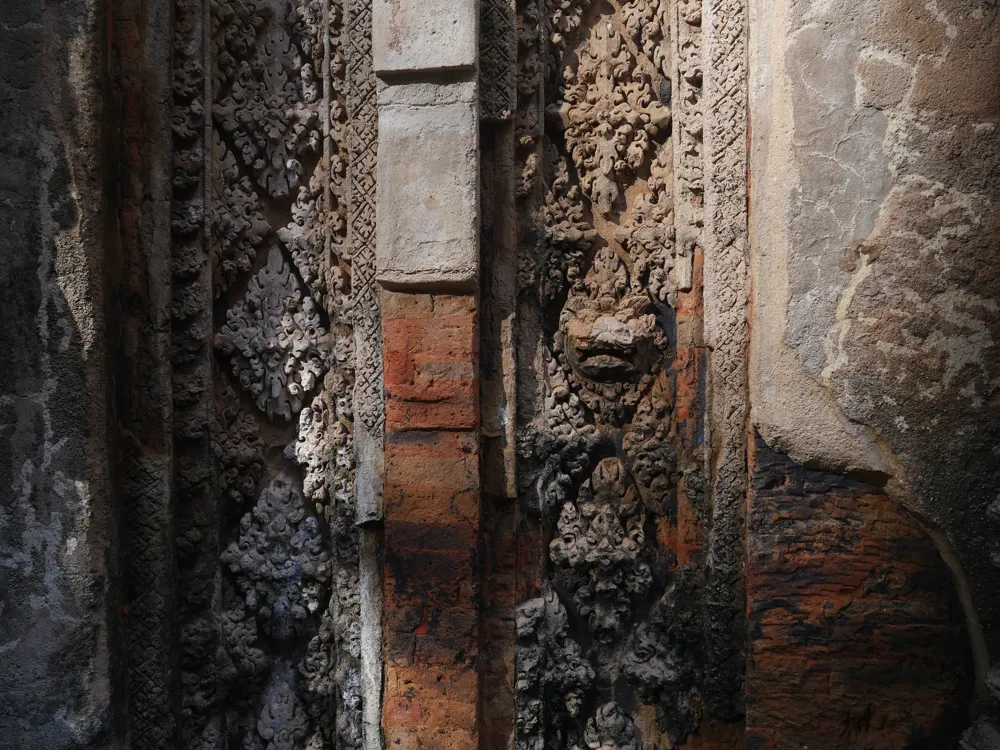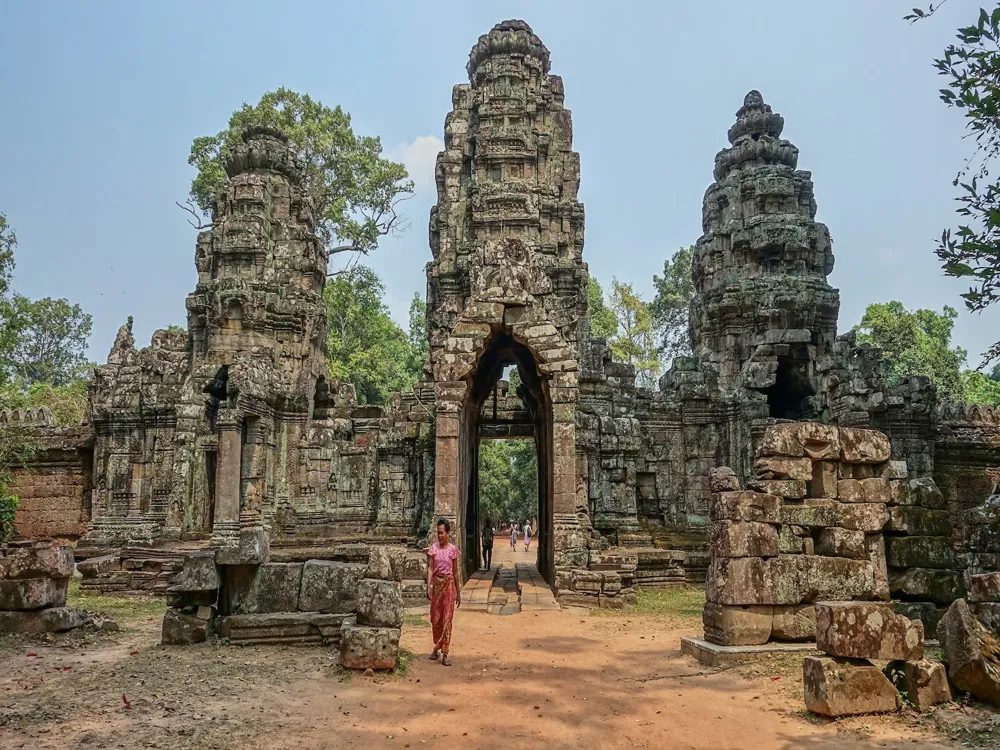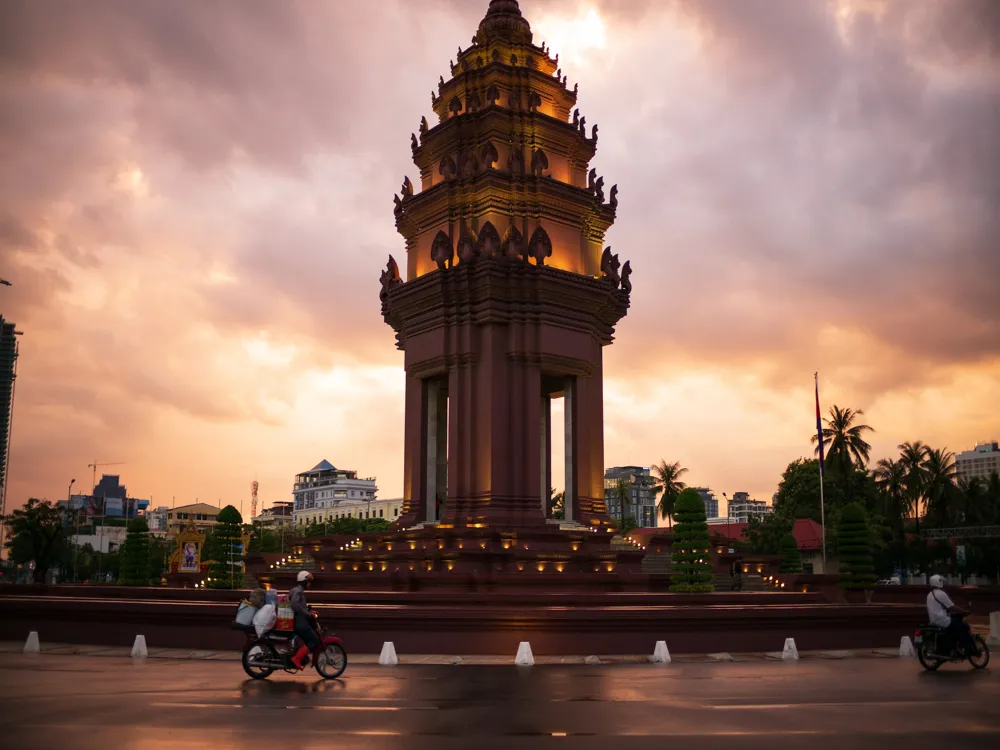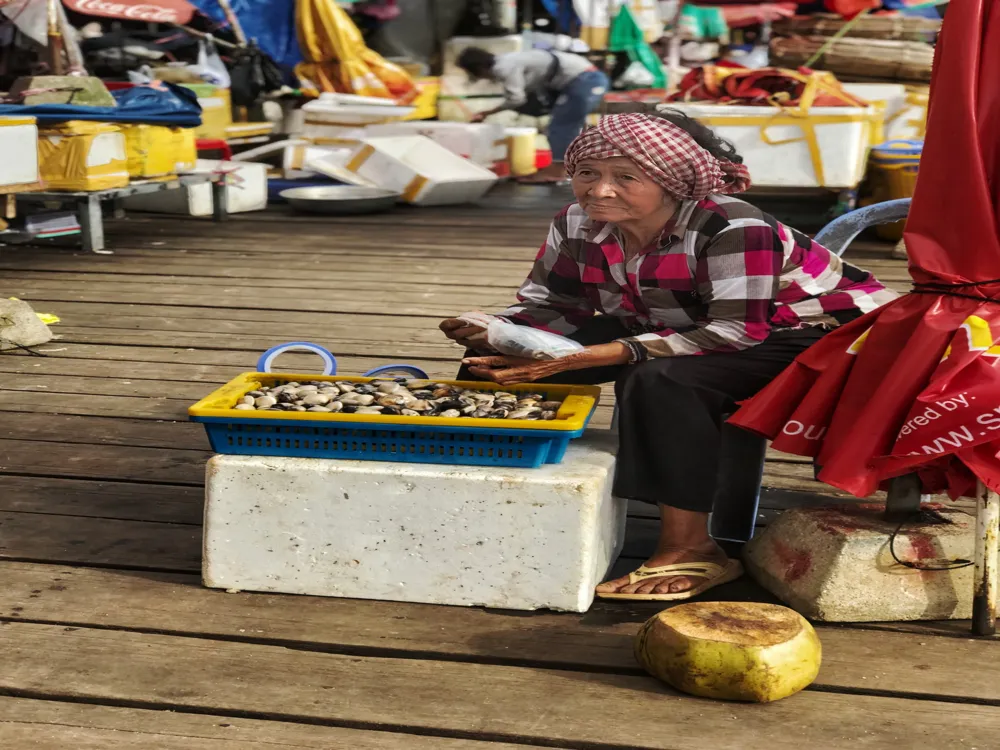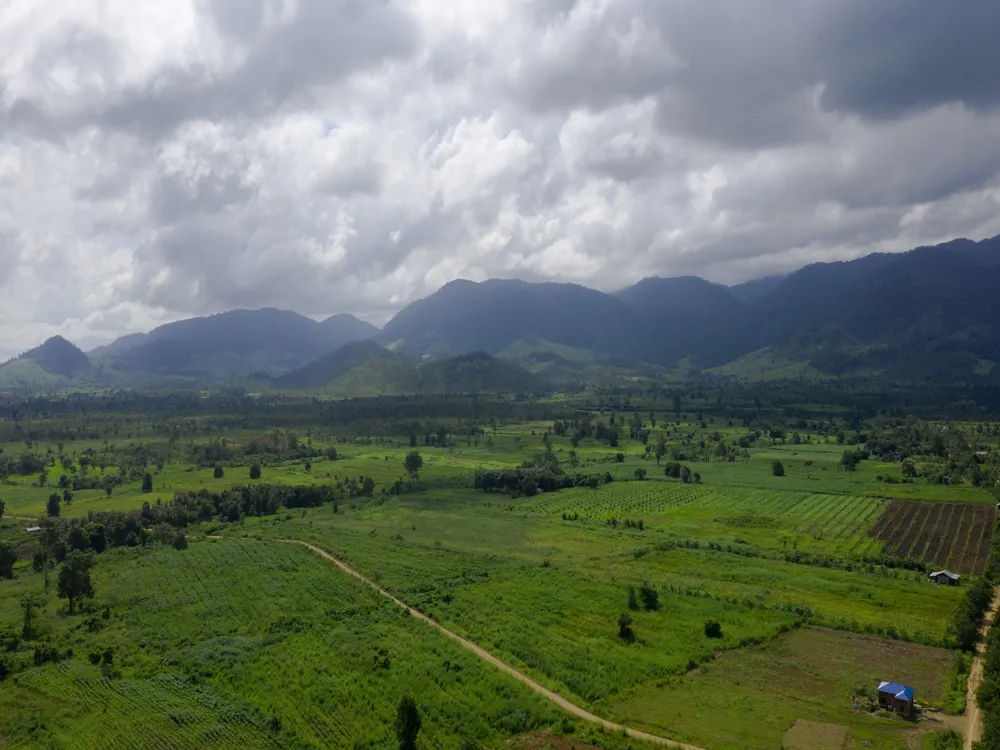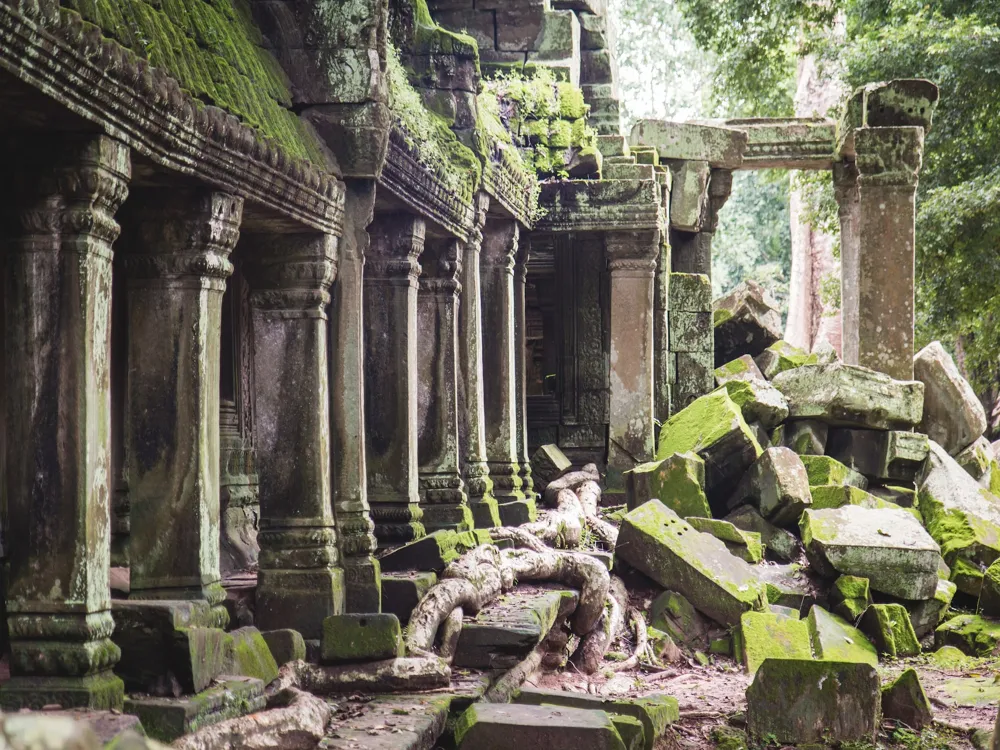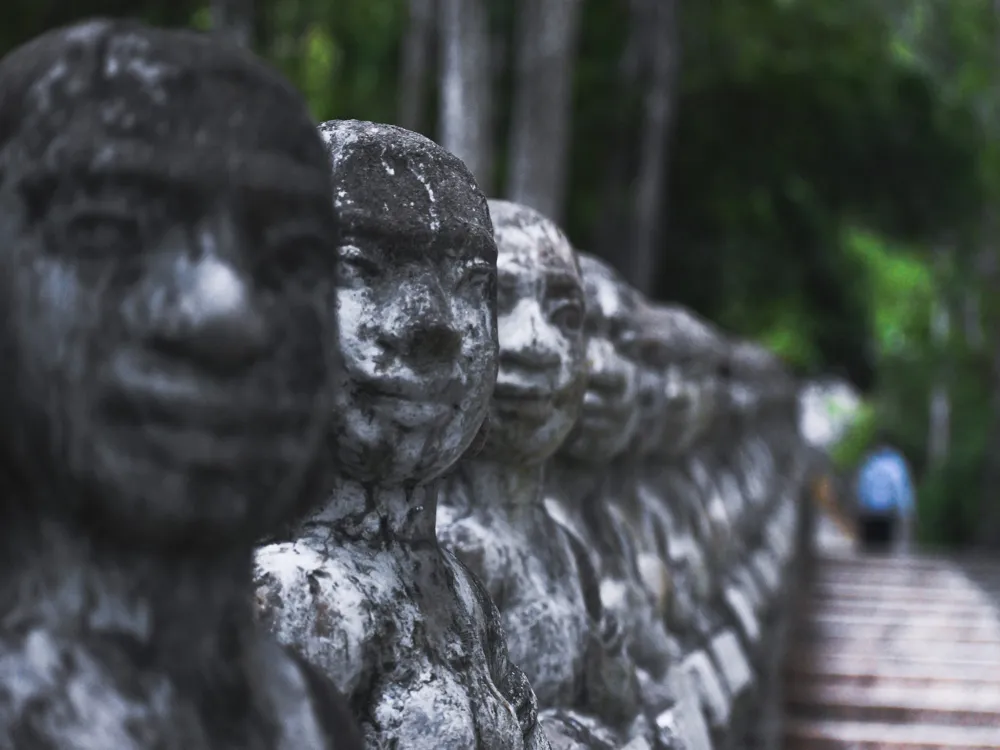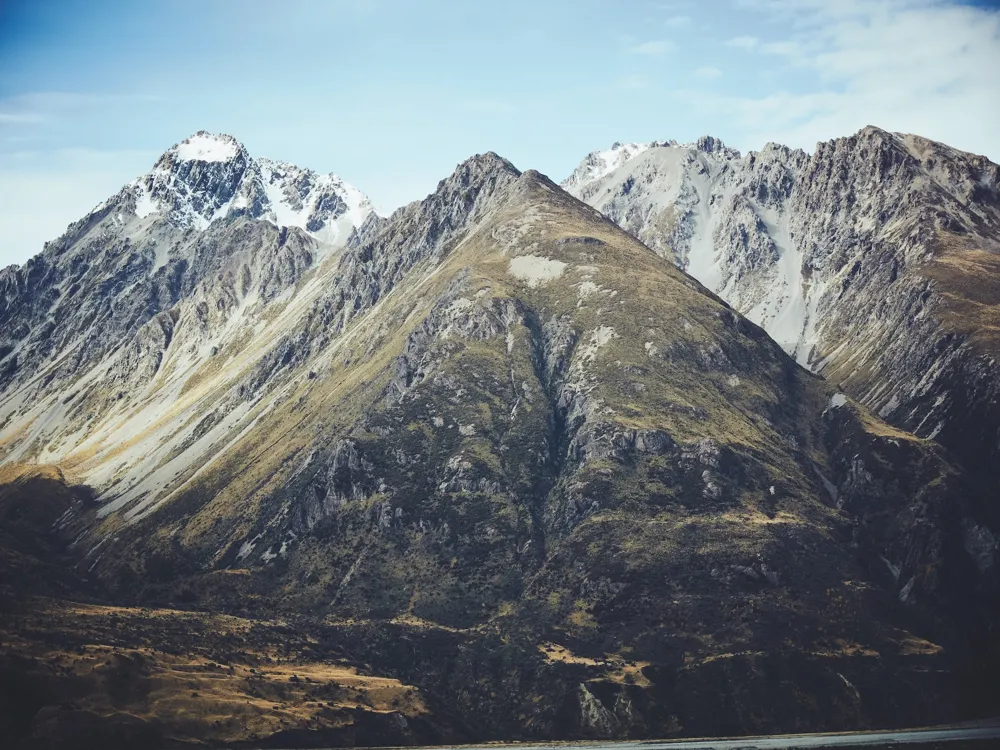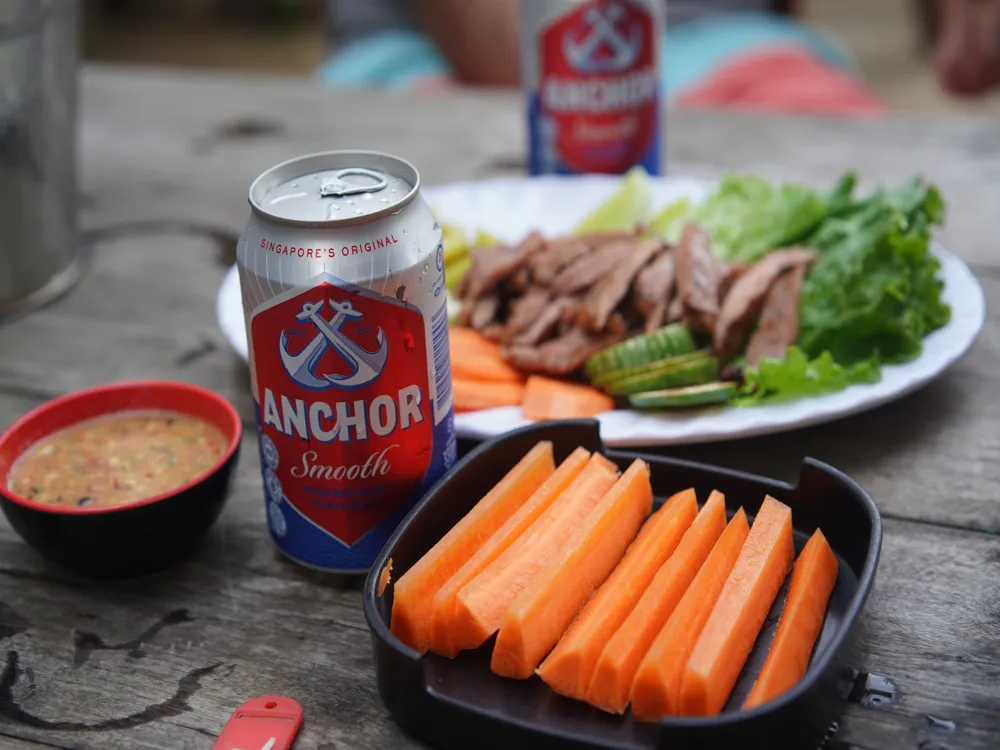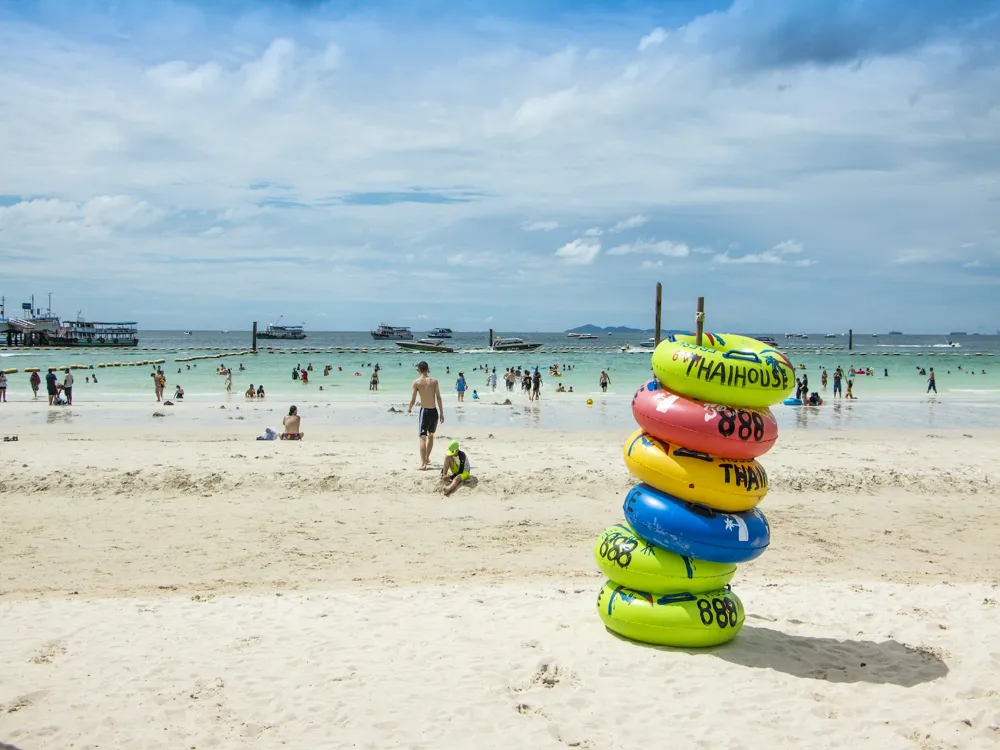Tonle Sap Lake, the largest freshwater lake in Southeast Asia, holds a special place in the hearts of the people of Siem Reap. This expansive waterbody, often referred to as the "Great Lake" of Cambodia, is a vital ecosystem that sustains a diverse array of flora and fauna. The lake is not merely a geographical feature; it is a source of life, a cradle of biodiversity, and a reflection of Cambodia's cultural and environmental heritage. The Tonle Sap region is home to floating villages, where stilted houses and floating structures create a unique architectural landscape. The lake's significance extends beyond its natural allure, encapsulating the resilience and adaptability of the communities that have made Tonle Sap their home for generations. While Tonle Sap Lake itself is a masterpiece of nature's design, the architecture that graces its shores is a testament to the symbiotic relationship between the people and the lake. The floating villages, perched on stilts or drifting on makeshift rafts, showcase an adaptive and resourceful approach to living on the water. Stilted houses rise above the lake's surface, creating a captivating tableau of interconnected structures. Each residence is a reflection of the community's intimate connection with the lake, where daily life unfolds against the backdrop of shimmering waters and lush landscapes. The architectural harmony between the floating villages and Tonle Sap Lake exemplifies the resilience of communities coexisting with nature. To make the most of your visit to Tonle Sap Lake, consider these tips: Cultural Sensitivity: Respect the local communities and their traditional way of life. Approach interactions with an open heart and a willingness to learn about the rich cultural tapestry of the floating villages. Boat Tours: Explore Tonle Sap Lake through guided boat tours offered by local operators. These tours provide a unique vantage point to witness the floating villages, birdlife, and the ever-changing landscapes of the lake. Photography Opportunities: Capture the beauty of Tonle Sap Lake with your camera. The play of sunlight on the water, the reflections of stilted houses, and the vibrant colors of daily life create stunning photographic opportunities. Conservation Awareness: Tonle Sap Lake faces environmental challenges, including issues related to water quality and overfishing. Be conscious of your environmental impact, and support initiatives that aim to preserve the ecological balance of the lake. Reaching the tranquil shores of Tonle Sap Lake is a seamless journey, offering various options for exploration. By Boat Tour: One of the most popular and immersive ways to reach Tonle Sap Lake is through guided boat tours departing from Siem Reap. These tours often include visits to floating villages, providing an intimate experience of life on the lake. By Tuk-Tuk or Taxi: Arrange for a tuk-tuk or taxi to take you to the departure points for boat tours. The journey from Siem Reap is relatively short, and local transportation ensures a convenient and comfortable trip. Guided Excursions: Consider joining a guided excursion that includes Tonle Sap Lake in its itinerary. Many local tour operators offer comprehensive experiences that combine visits to the lake with other cultural and historical attractions. Tonle Sap Lake beckons you to embark on a journey beyond the ordinary, where the waters echo with the stories of a resilient community and the architectural wonders are woven by nature's hand. Your visit is not just a tour; it's an immersion into a living ecosystem, a celebration of cultural diversity, and a recognition of the delicate balance between humanity and the environment. As you navigate the tranquil waters, you become part of the ebb and flow of life on Tonle Sap Lake, leaving with a profound connection to Cambodia's natural and cultural heritage. Read More:Overview Of Tonle Sap Lake, Siem Reap
Architecture of Tonle Sap Lake
Tips When Visiting Tonle Sap Lake
How To Reach Tonle Sap Lake
Tonle Sap Lake
Siem Reap
₹ 19,999 onwards
View siem-reap Packages
Weather :
Tags : Lake
Entry Fee : USD 25 - USD 50
Planning a Trip? Ask Your Question
Siem-reap Travel Packages
View All Packages For Siem-reap
Top Hotel Collections for Siem-reap

Private Pool

Luxury Hotels

5-Star Hotels

Pet Friendly
Top Hotels Near Siem-reap
Other Top Ranking Places In Siem-reap
View All Places To Visit In siem-reap
View siem-reap Packages
Weather :
Tags : Lake
Entry Fee : USD 25 - USD 50
Planning a Trip? Ask Your Question
Siem-reap Travel Packages
View All Packages For Siem-reap
Top Hotel Collections for Siem-reap

Private Pool

Luxury Hotels

5-Star Hotels

Pet Friendly







